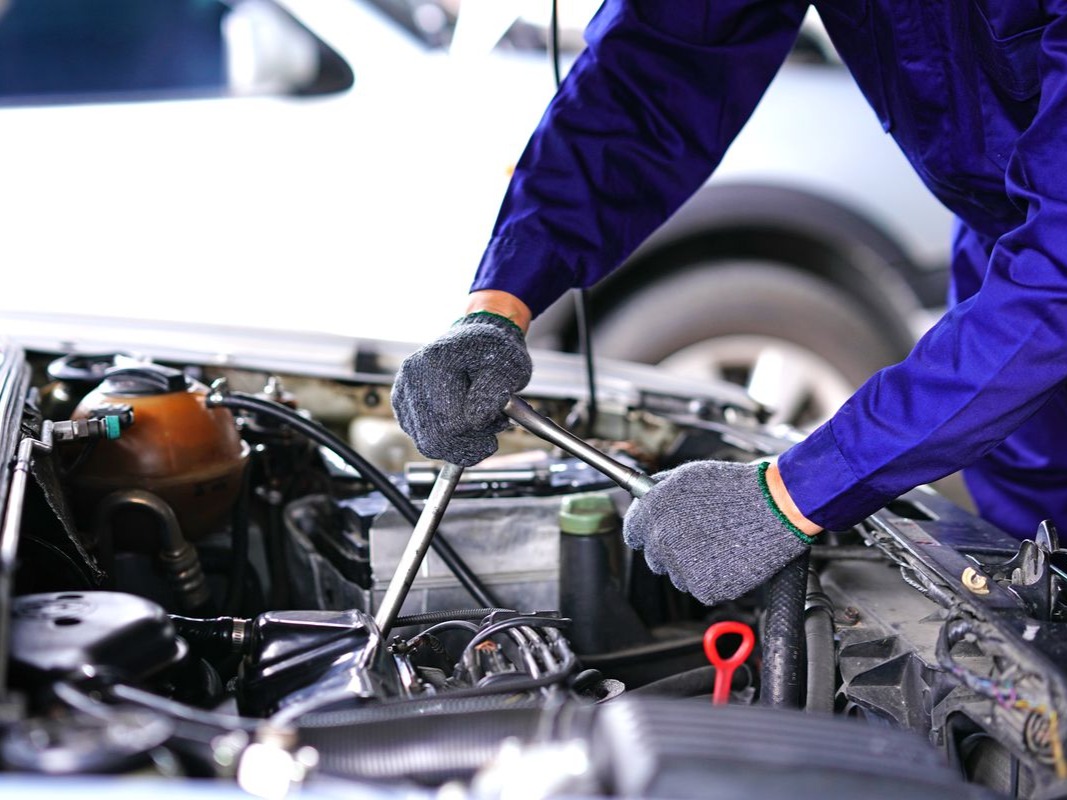Regular car maintenance in Canada is key to safety, longevity, and savings on repairs. Due to harsh weather conditions (freezing temperatures, snow, salt on the roads), inspections should be more frequent than in warmer regions. Below is a complete list of mandatory procedures and their frequency.
1. Oil and filter changes
Intervals:
- Mineral oil: Every 5,000–6,000 km (or 6 months).
- Semi-synthetic: Every 7,000–8,000 km.
- Fully synthetic: Every 10,000–11,000 km (or 12 months).
- Air filter: Every 20,000–30,000 km.
Why more often? The Canadian climate is considered “severe” due to short trips, cold engine starts, and salt on the roads.

2. Tires: rotation, balancing, seasonal change
- Tire rotation: Every 8,000–13,000 km (for even wear).
- Balancing: Along with rotation or if the steering wheel vibrates.
- Winter tires: Install when the temperature drops below +7°C. Remove by the end of April.
Tip: Check tire pressure every month. In winter, reduce it by 3–5 PSI for better traction.
3. Brake system
- Brake pads/discs check: Every 16,000 km (or as recommended by the manufacturer).
- Fluid replacement: Every 2–3 years.
- Signals for immediate service:
- Squeaking or squealing.
- “Soft” brake pedal.
- Brake indicator on the dashboard.
4. Fluids: replacement and inspection

| Fluid | Frequency |
|---|
| Coolant | Every 50,000 km or 2–3 years | | Brake | Every 2–3 years | | Transmission | Every 60,000–80,000 km |
| Power steering | Every 40,000–50,000 km | Winter tip: Use a “winter” windshield washer fluid with a freezing point of -40°C.
5. Battery and electrical system
- Cleaning the terminals: Every spring (salt and moisture cause corrosion).
- Checking the charge: Before the start of winter and after prolonged periods of inactivity.
- Replacing the battery: Every 3–5 years (depending on the climate).
6. Belts and hoses
- Timing belt: Replace as recommended by the manufacturer (usually 100,000–150,000 km).
- Alternator/power steering belt: Check for cracks every 20,000 km.
- Cooling hoses: Check for leaks during maintenance.
7. Suspension and exhaust system

- Shock absorbers/springs: Diagnose if there are any knocking noises or the car “squats.”
- Exhaust system: Check for corrosion every 50,000 km (especially after winter).
8. Additional procedures for the Canadian climate
- Anti-corrosion coating: Annual treatment of the underbody in the fall.
- Replacement of two-year fluids: For example, brake fluid, windshield washer fluid.
- Winter storage: If the car is not used in winter, connect a battery charger.
Service schedule (by mileage)
| Mileage (km) | Procedures |
|---|
| 5,000 | Oil change, tire check, fluid check, brakes. |
| 30,000 | Air filter replacement, belt check, wheel balancing. |
| 60,000 | Spark plug replacement, transmission fluid, coolant. |
| 100,000 | Timing belt replacement, fuel filter replacement, suspension diagnostics. |
Tips for saving money

- Follow the manual: The manufacturer knows your car better than anyone else.
- Use quality materials: Cheap alternatives wear out faster.
- Keep a service log: Increases the value of your car when selling.
Important! Even new cars need regular checkups. For example, electric models (Tesla, Chevrolet Bolt) have their own nuances (brake disc maintenance after winter).
Conclusion
Regular maintenance in Canada is not a recommendation, but a necessity. Preventive maintenance costs are always lower than repair costs. Don't skimp on safety: find a reliable service and stick to the schedule!